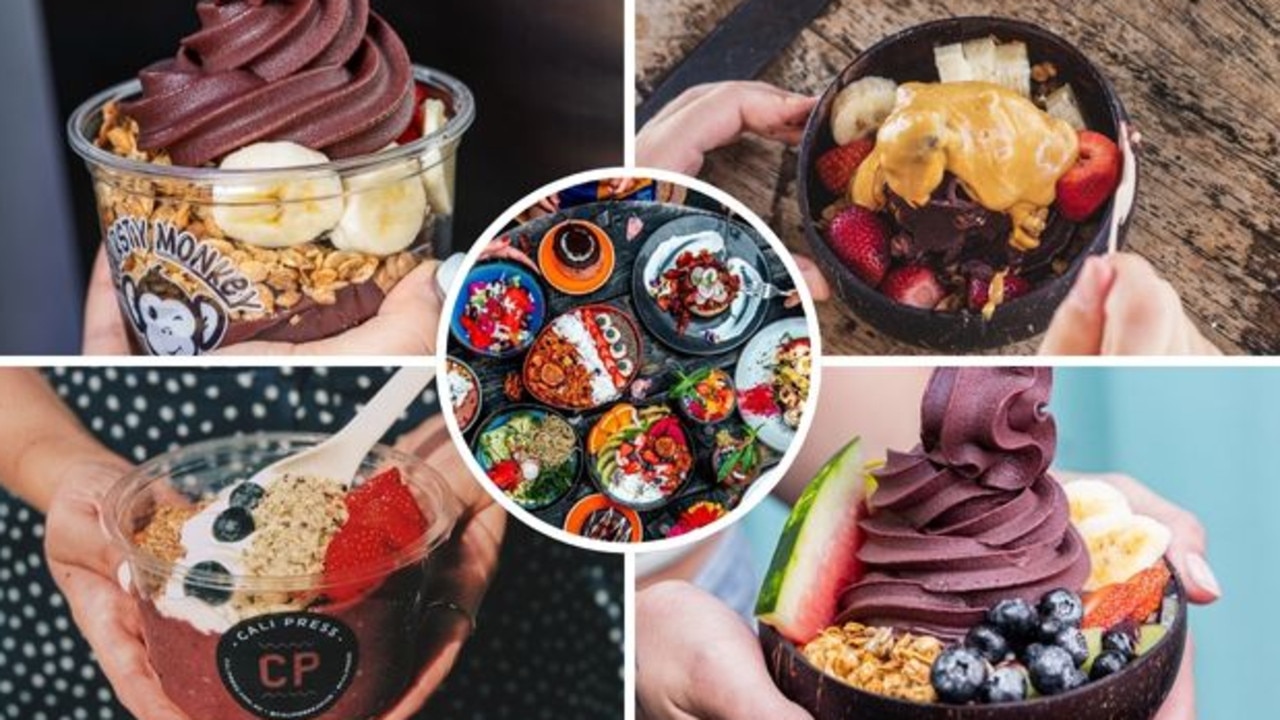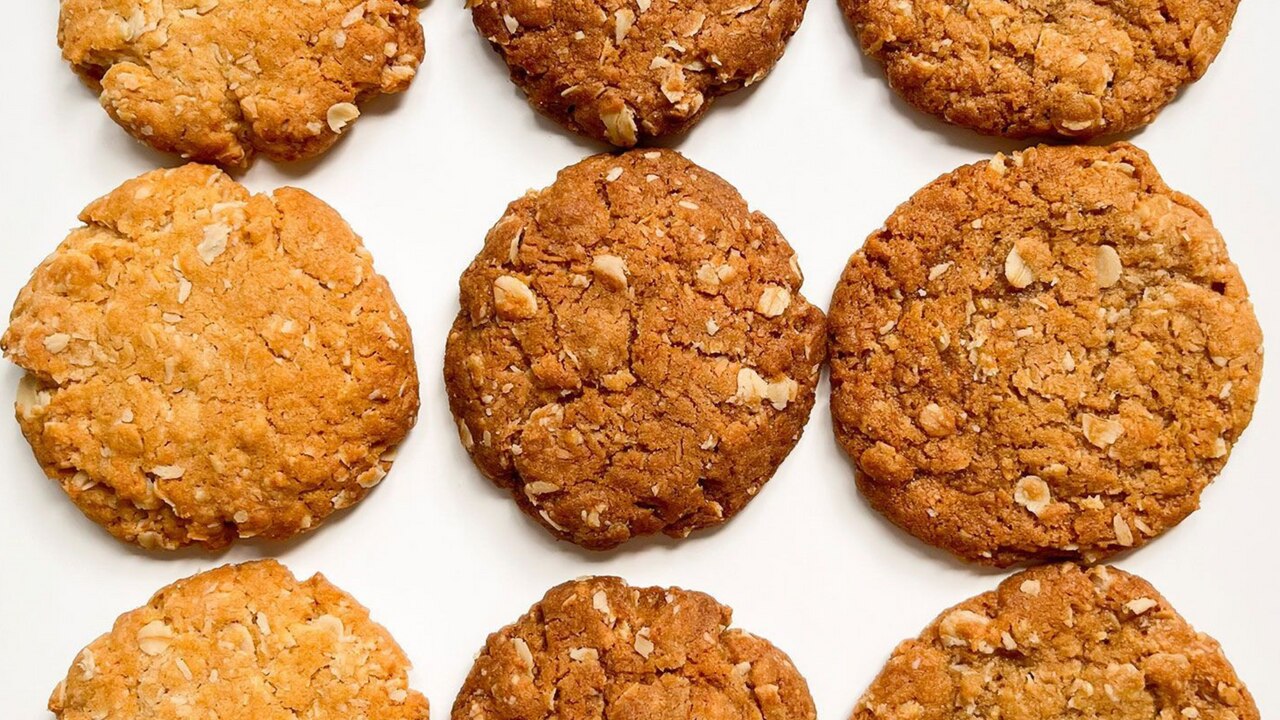How to cook your food safely
Think you’ve got food hygiene totally sussed? Experts claim that many Aussies are not playing it as safe as they think they are. Follow our guide to ensure you avoid food poisoning and keep yourself and your kitchen bacteria-free.

Perishable items should always be kept in your fridge at or below 5°C. Avoid overloading the fridge so that cold air is free to move around the food. Keep cooked and raw ingredients separate in your fridge and make sure leftovers are always transferred into a covered container. All fresh and dried produce in your pantry should be kept in airtight containers.
What’s the danger?
The most common cause of food poisoning in Australia is ‘campylobacter’, a bacteria found in chicken, domestic pets and contaminated water. Although many people wash their raw chickens to ‘clean’ them, experts warn against this as it simply spreads the bacteria in tiny droplets around the kitchen. Instead, you can use a paper towel and pat the chicken dry. To avoid contamination, put the raw chicken straight from its packaging into the pan, pot or roasting tray. Any bacteria present will disappear during the cooking process, as long as you cook it thoroughly.
Is your food cooked properly?
Recent research shows that 75% of Australians think they’re practising food safety in the kitchen, but in reality many people’s food prep and storage techniques are putting them at risk. Don’t resort to guesswork – simply employ the help of a food thermometer. The bacteria that causes food poisoning loves temperatures between 5°C and 60°C. This is known as the ‘temperature danger zone’. Always ensure your hot food is kept at 60°C or more and your cold food at 5°C or less. Poultry such as chicken must reach temperatures of 75°C. If you don’t have a thermometer, simply cook until the juices run clear and the meat is no longer pink when you pierce it with a skewer.
How to store leftovers
Make sure you cover all leftovers and put them in the fridge once they’ve finished steaming. You can’t always tell if food is unsafe by the way it looks, smells or tastes. As a rule, food that has been out of the fridge and left within the danger zone for longer than a total of four hours should be thrown out.
Fridge know-how
It’s important that your fridge and freezer are also kept out of the danger zone. Your fridge should always be turned to 5°C or colder and food in your freezer must stay frozen solid.
How long will food keep in the fridge or freezer?
It’s hard to know how long food can be kept in fridge or freezer, so follow our simple guide to storing some of your favourite grocery items:
- Salad – 3-5 days in fridge; does not freeze well
- Bacon – 7 days in fridge; 1 month in freezer
- Fresh red meat – 3 days in fridge; 6-12 months in freezer
- Whole chicken – 1-2 days in fridge; 1 year in freezer
- Raw eggs – 3-5 weeks in fridge; do not freeze
- Hard-boiled eggs – 1 week in fridge; do not freeze
Originally published as How to cook your food safely


